By Rick Bairett
Photos by Michelle-Marie Scott and Rick Bairett
I’ve always loved cars. The higher performing the better. As I think of my college days, how cool would it have been to be part of a team wringing every bit of performance out of a race car?
Sounds fun, but who gets to go to college and build race cars, and then go compete with them? Well, Utah Valley University (UVU) Student Racing does exactly that.
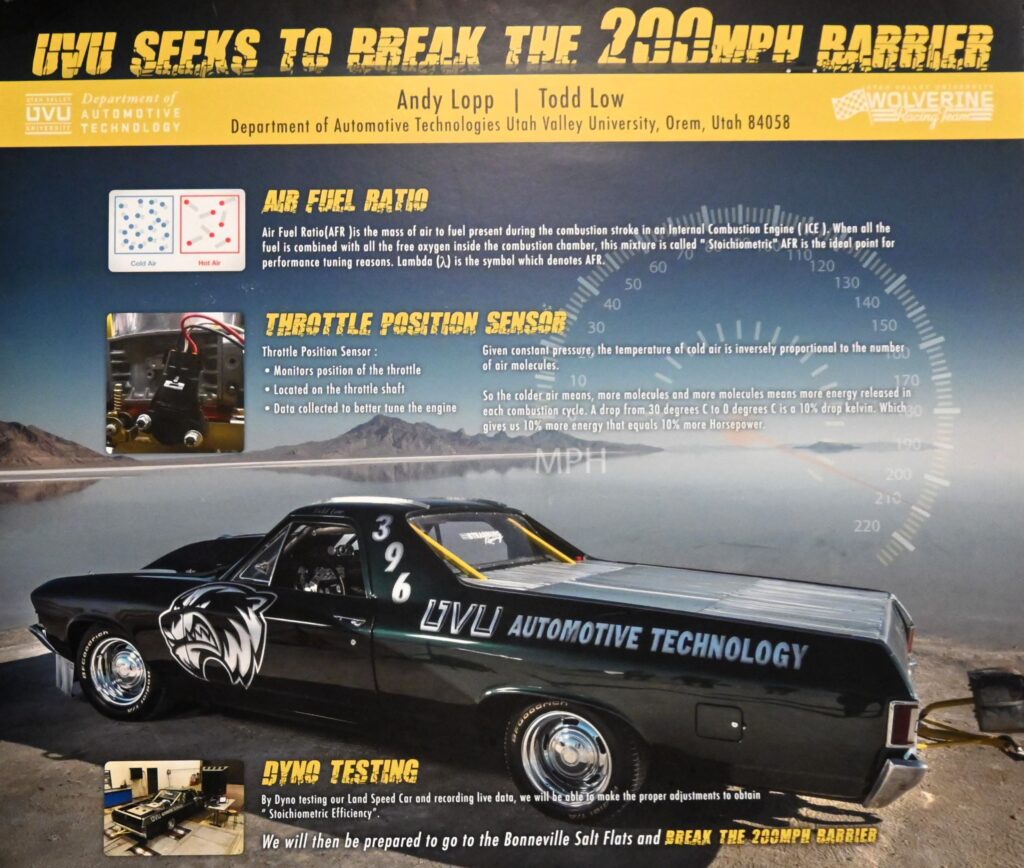
Team Origins—Bonneville Salt Flats
UVU Student Racing started with faculty member Todd Low. Todd holds two land speed records and has been recognized for outstanding teaching and scholarship.
In 2003, Todd began restoring and modifying his ‘69 El Camino with 15 Utah Valley students. They entered it in Speed Week at the Bonneville Salt Flats in 2006. The car averaged over 151 mph, claiming a land speed record in the Classic Coupe, AA Engine category.
In 2010, the team coaxed the same car, with a larger turbocharged V-8, to an average of 188 mph, claiming another speed record in the Classic Blown Gas Coupe, AA Engine class.
Almost every bit of the El Camino had to be custom built to be so competitive, so students got plenty of opportunities to learn and create. Definitely more opportunities than their normal automotive technician classes allowed. Those records also put the team on the map.
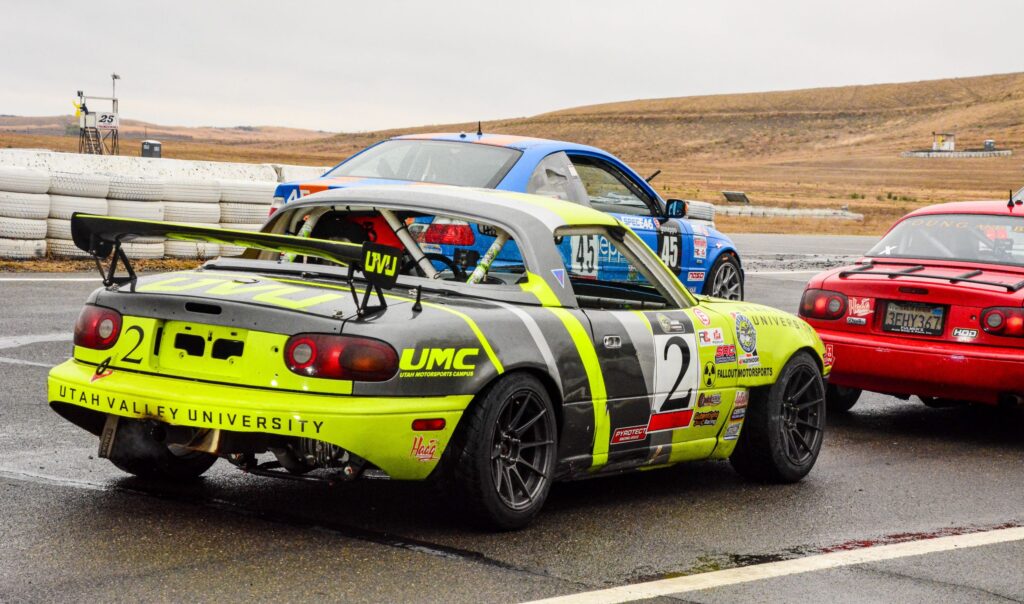
Endurance Racing Team
Faculty Member Matt Hasara mentored under Todd, who taught him a lot about running a race team. Matt, however, was a road course endurance racer at heart. With Todd’s approval, and after arranging grant funding, Matt started an endurance team. With 24 students, the Salt Flats team was becoming unwieldy. So creating a second team opened a door for more students to learn from competition.
The endurance team’s track weapon is a 1990 (NA) Miata with a 1997 1.8L engine. While an upgrade, it’s still not an especially powerful motor. Thus, Matt challenged the students to seriously reduce weight. The chassis group—there’s also a drivetrain group with a separate faculty advisor—met the challenge successfully. After removing significant portions of the car, they stitch welded what was left, every 3/4 inch, to conserve strength and rigidity.
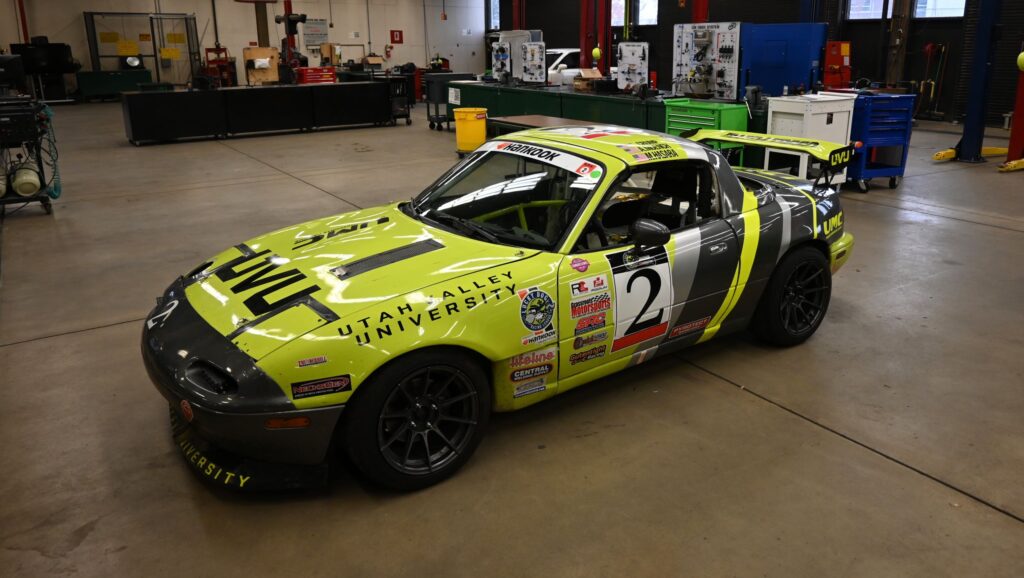
So drivers Spencer Crump—the only licensed student driver on the team—Andy Moench, and Matt Hasara pilot a super-light car running against considerably more powerful ones. Even most in their class have considerably more power. They’ve found that weight savings is a great equalizer that keeps them running successfully. Lighter cars are also easier on brakes, tires, and fuel, which is really helpful in an endurance race.
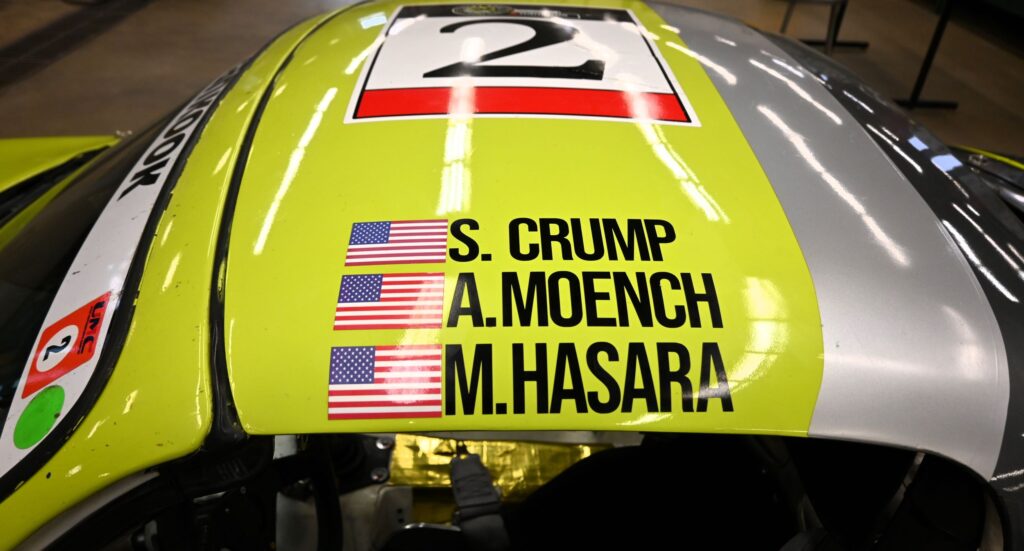
Endurance Team Successes
The team’s biggest on-track success was an overall win—not just a class win—during the ChampCar “Salt Lake Eights” 8-hour endurance race in 2019. Andy passed the lead car on the last lap of the Utah Motorsports Campus circuit, between the “Attitudes” and the “Tooele Turn,” and the Miata managed to hang on to that lead for the victory. To the best of Matt’s knowledge, UVU Student Racing is the only school to outright win an amateur endurance race. That they did it with only 150 to 160 crank horsepower shows what this team is capable of.
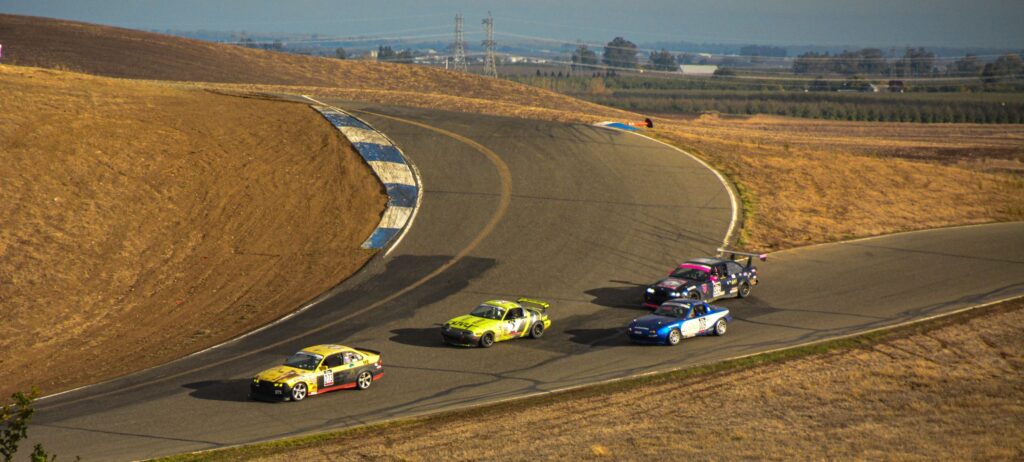
In 2020, they had a class win going at Sonoma, then had a main battery cable break. The alternator stopped charging the electrical system, so the fuel pump started losing pressure. While they hung in as best as they could, they had to settle for second place after getting passed on the last lap.
They are really good, but Matt doesn’t measure success on track. The real success is student engagement: students doing what they love and having unbelievable experiences. All while watching their engineering and repair skills, plus their creativity and understanding of automotive systems, grow like crazy.
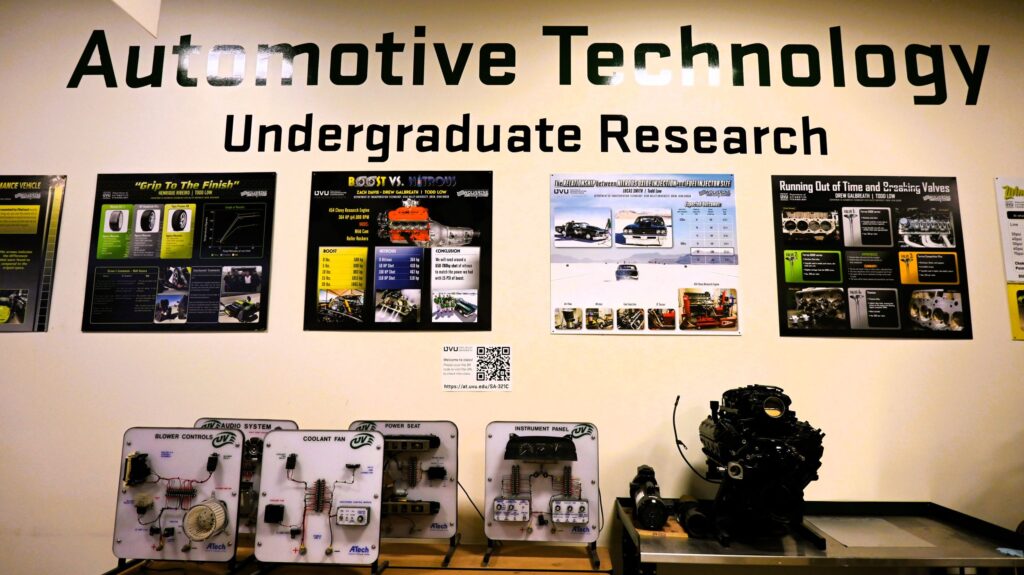
Student Research Opportunities
Because racing puts so many stresses on automotive components, consumables, and fluids, the track environment is ideal for research—a key academic purpose of team cars. While the Transportation Technologies department has a trophy case with race wins, it also has a whole wall covered with posters highlighting student research.
There is plenty of grant funding available for undergraduate research, and Matt has gotten good at pursuing those grants. UVU Student Racing research has included testing of fuel additives and oil breakdown and contamination. For instance, a study done last season showed that a locally produced fuel additive improved fuel efficiency by 5.5 – 6% over two races.
Students also analyze consumables like brake pads, race tires and street tires. One such undergraduate research project provided considerable evidence that UTQG tire ratings, which should reflect government standards, have effectively been taken over by manufacturers.
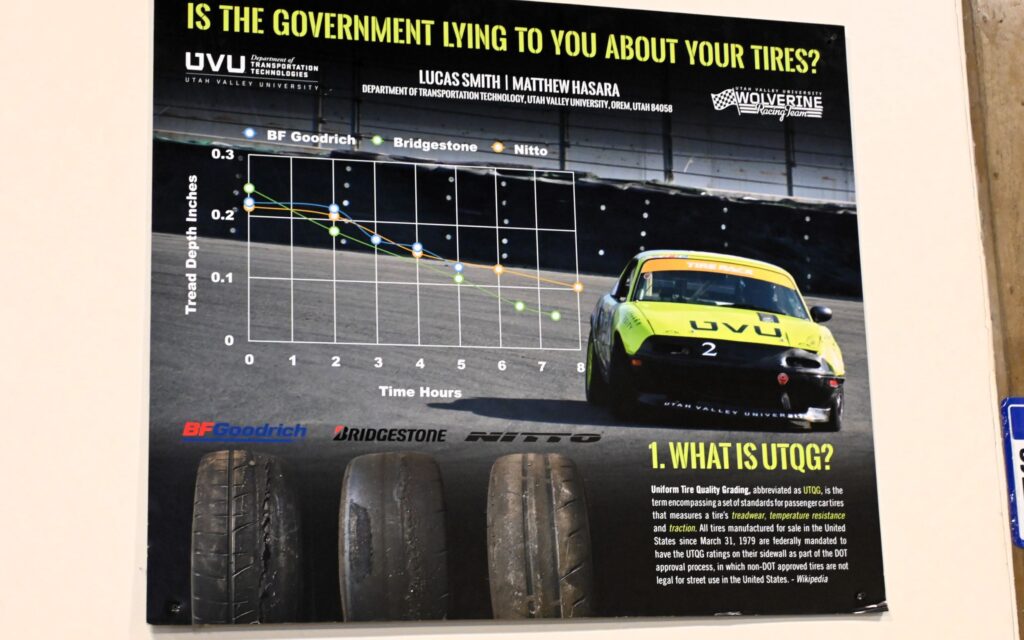
Four different UVU Student Racing research projects have been accepted by the National Conference on Undergraduate Research. NCUR is dedicated to promoting undergraduate research, scholarship and creative activity in all fields of study. So some UVU Student Racing members have gotten the additional opportunity to travel to this national conference and present their findings.
The UVU Student Racing program is just an amazing combination of engaged learning and real-world application that changes students’ lives.
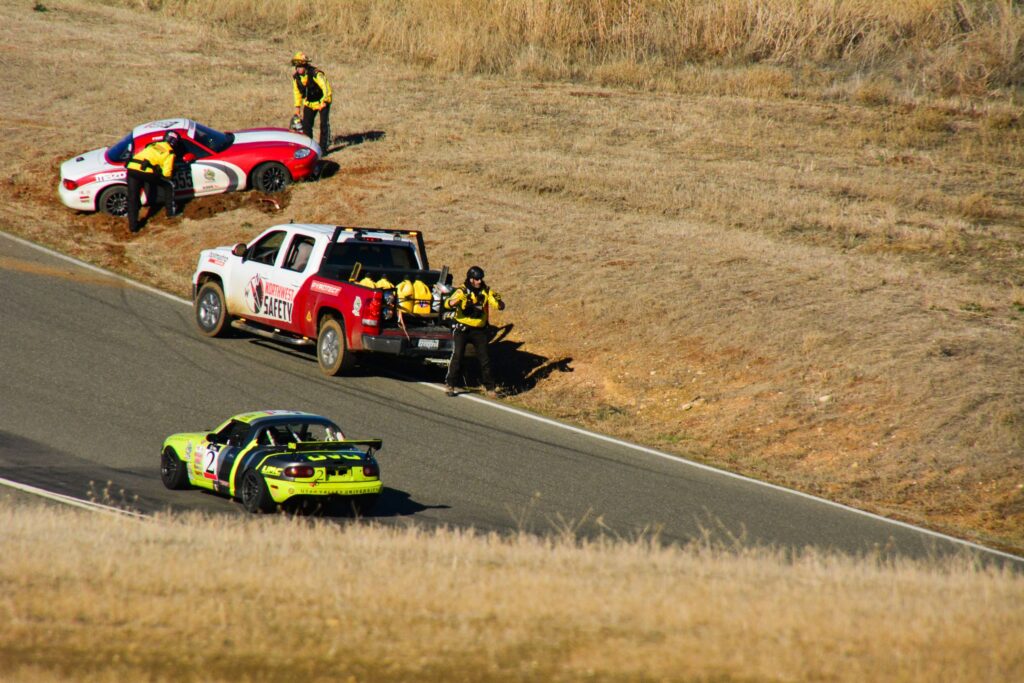
2023 Endurance Racing Highlights
In 2023, the team competed in the Lucky Dog endurance series. Organizers Cathy and Greg Fuss have been very supportive of UVU Student Racing and usually make special note of their presence at events.
They first ran at Willow Springs in May, earning 3rd place on the first day of racing. The team got some of the great on-the-fly experience—unique to the racing environment—by having to re-prep the car for racing in the rain. Incidentally, Bakersfield Community College also competed, but finished last.
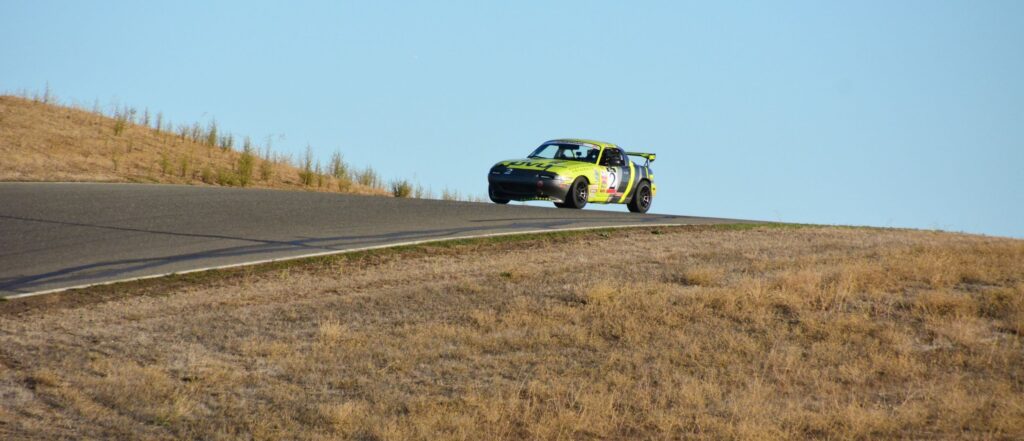
At Pacific Raceways, at the end of June, the team again podiumed for the first race, this time in 2nd place. On day two they suffered a catastrophic engine failure—let’s just say that the oil pan was full of metal chunks—which put them out of the second race. While they missed some later events, the team did get to experience prepping a new racing engine.
The 2023 “Top Dog National Championship” race, aka the 1000 Miles of Thunderhill, convened in November. The goal was to cover as many miles as possible over two days of racing. Unfortunately the UVU Miata lost 3rd gear, which was completely stripped. The team pulled off a complete transmission change in just 40 minutes. After going back out on the track in about 68th position they worked back up to 22nd position. With Andy driving, they also had the fastest lap time of all Miatas (3:14 over an approximately 5 mile, 26 turn course).
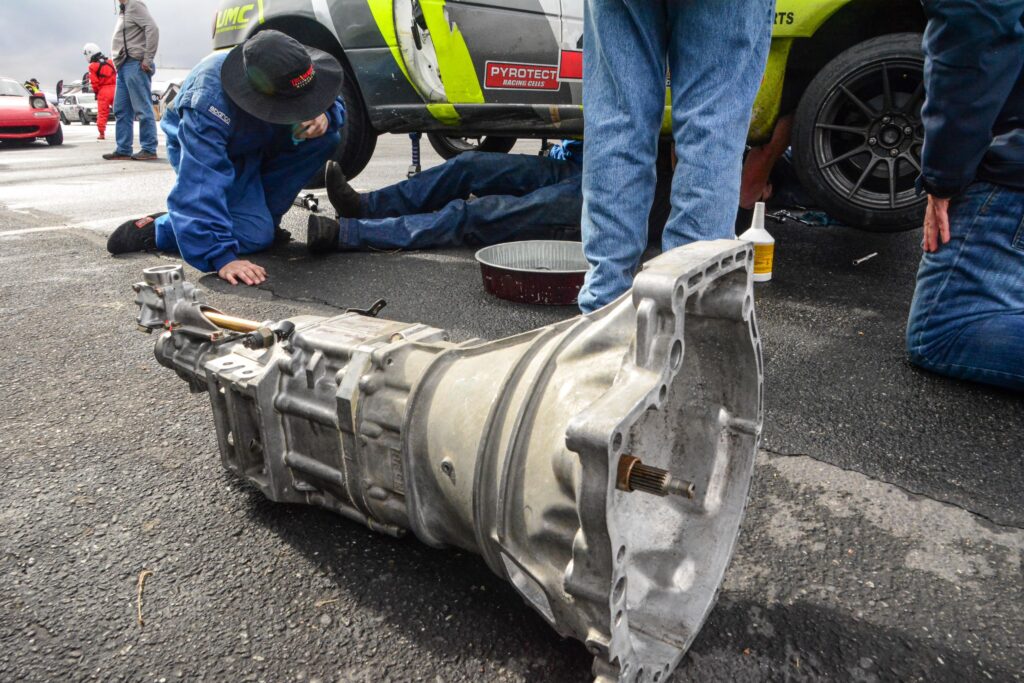
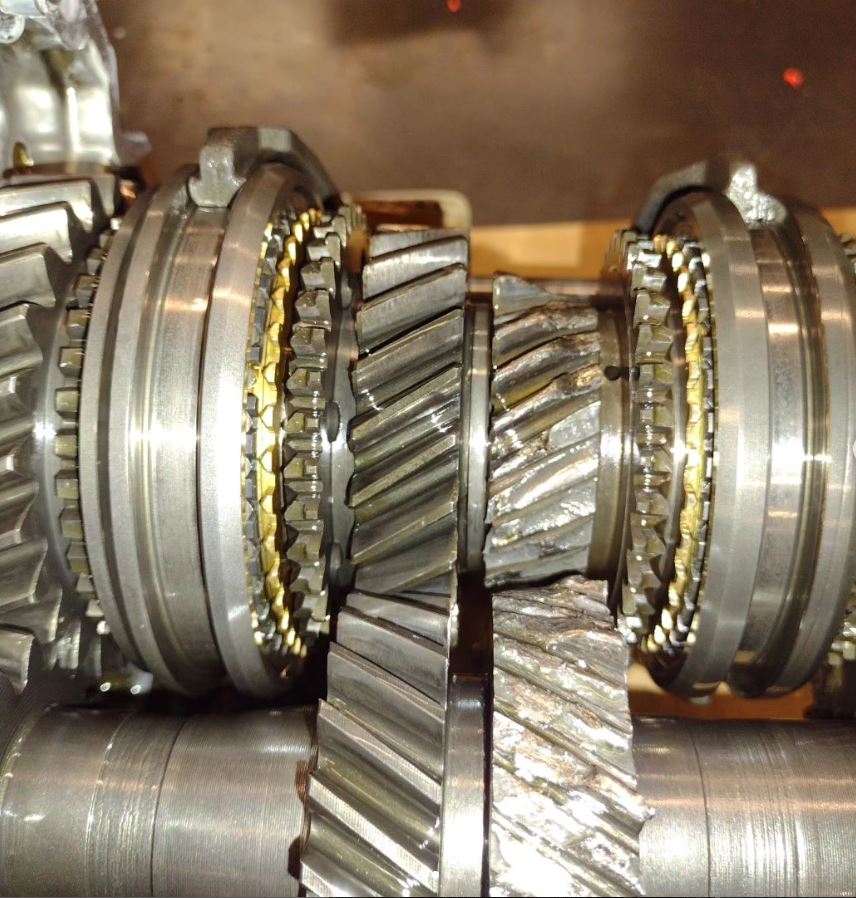
Program Termination?
Unfortunately, student racing as a UVU-sponsored entity appears to be on its way out. The program has been tentatively terminated by UVU administration, and that termination may become definite.
There are reasons for the proposed change. The transportation industry is undergoing significant and rapid transformation, including vehicle electrification and hybridization. Correspondingly, UVU is upgrading the automotive program to keep pace and wants the energies of the faculty focused on that transition for the next three years.
As a public university professor myself, I understand that reasoning. Yet I can’t help but wonder if the costs of ending support for racing don’t outweigh the benefits, for a number of reasons.
First, the Utah legislature has been pressuring higher-ed institutions to focus on student preparation for careers. UVU Student Racing allows its Transportation Technologies students to go well beyond basic technician-level familiarity with vehicles and their systems, so it seems to meet that goal.
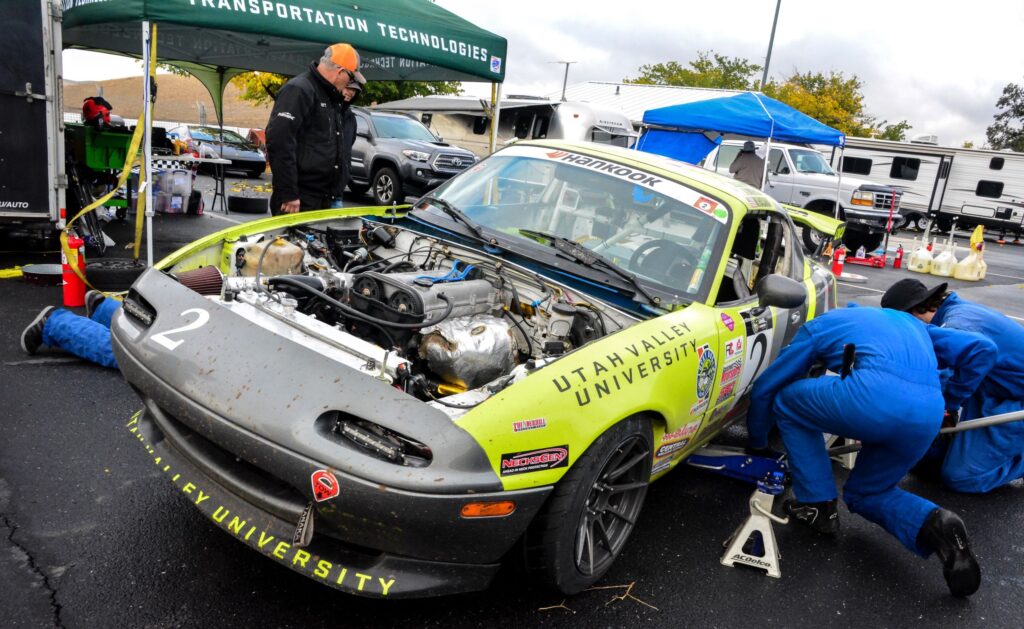
Team members have to modify, and sometimes create, vehicle systems to be competitive. In an endurance race, they have to rapidly and repeatedly troubleshoot and correct problems. Having their creative and corrective transportation-technology skills pushed to higher levels seems to be much better career preparation than basic classroom and shop work. Participation on a racing team can also open new doors professionally.
Second, a big part of academia is producing new knowledge. The racing environment, as explained above, immerses team members in research and in sharing findings. Much research involving wear and stresses can be accomplished more effectively and quickly in a racing environment because vehicles are consistently driven at the limit. Thus, losing the race teams will probably complicate, if not eliminate, some student and faculty research projects.
Third, the race teams are a major recruiting tool for the Transportation Technologies program. It will be a shame to lose that ability to attract and excite potential students.
Finally, tenure-track faculty members are required to produce scholarly or creative work. Inventing components to make a car go faster and endure longer has been a staple for some Transportations Technologies faculty to meet those requirements. So losing the race teams will take away a major research and creative vehicle—pun intended—for such activities.
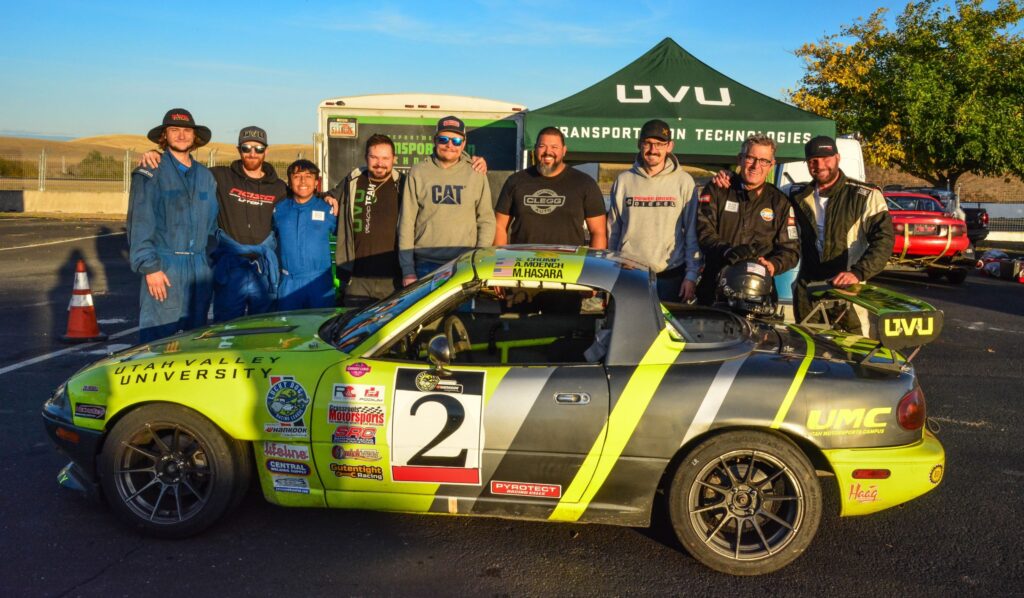
In other words, the main purpose of UVU Student Racing isn’t racing or driver development. It is all about engaged learning and faculty-guided research opportunities. Students hone their skills to a level that is unlikely to be replicated outside of competition. They also develop leadership skills and a network of relationships that should enhance career success.
In short, the racing programs epitomize the “experiential learning” that many schools try so hard to provide. It’s no surprise that graduates who participated in UVU Student Racing rate the experience so highly. There is just nothing quite like it in Utah higher education.
© 2024, R Bairett
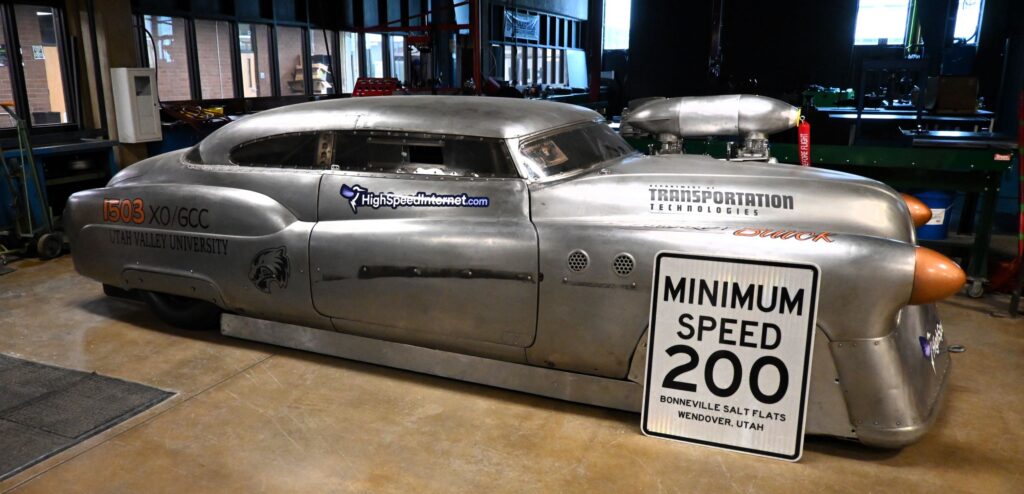
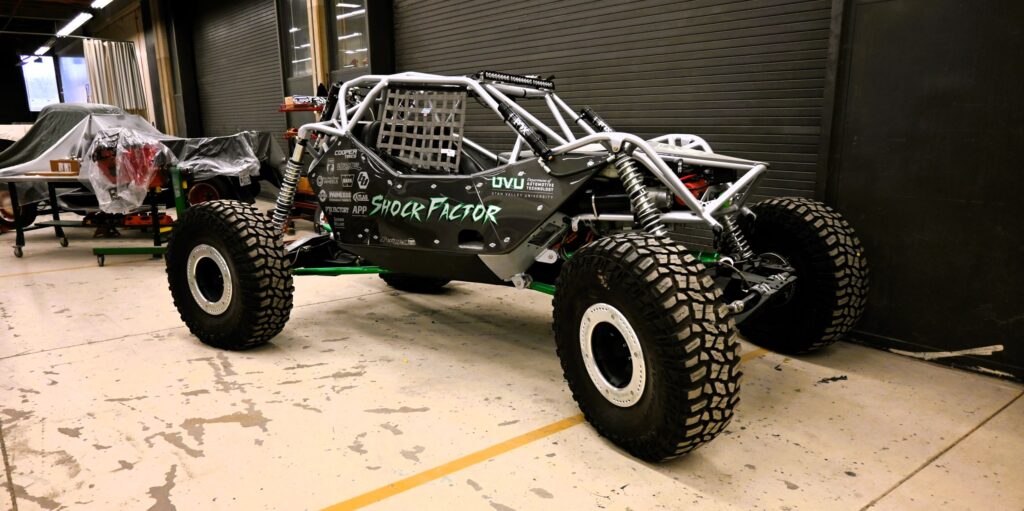
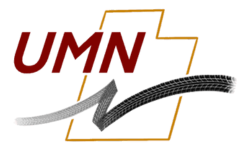
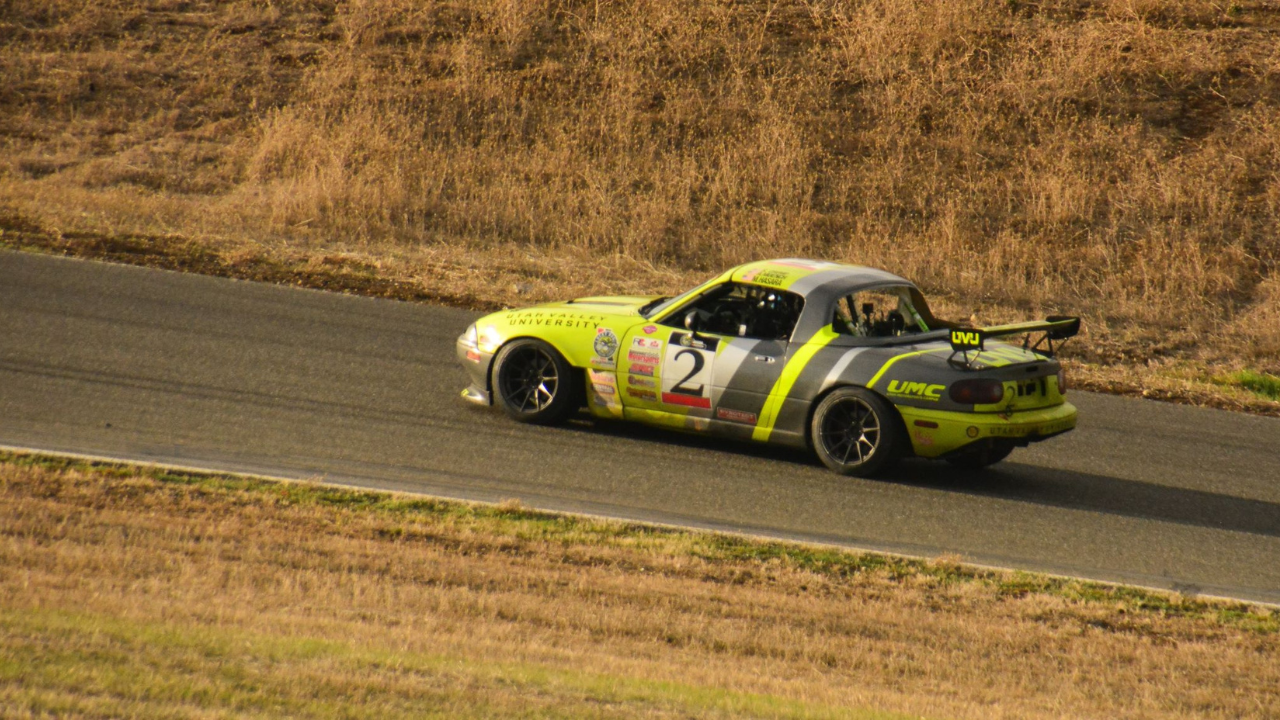



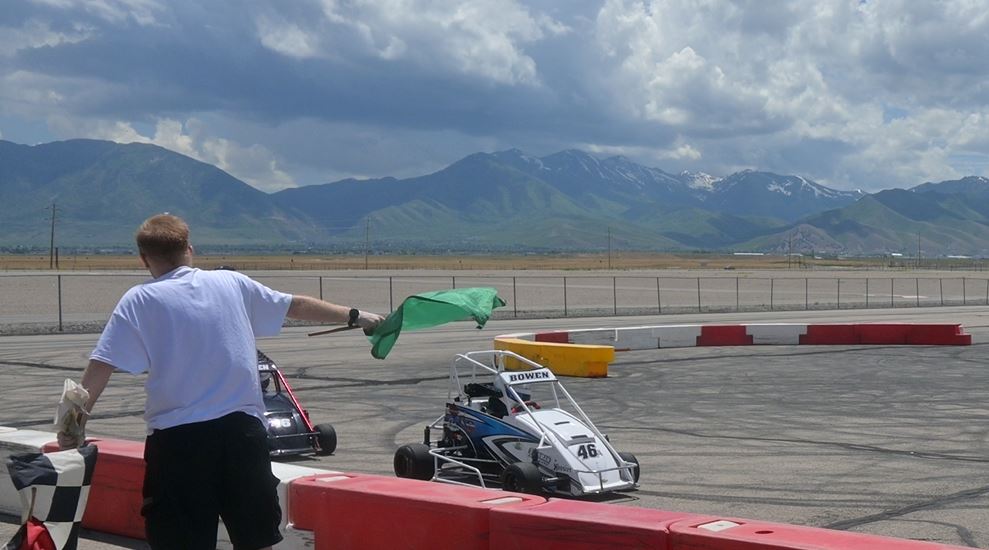
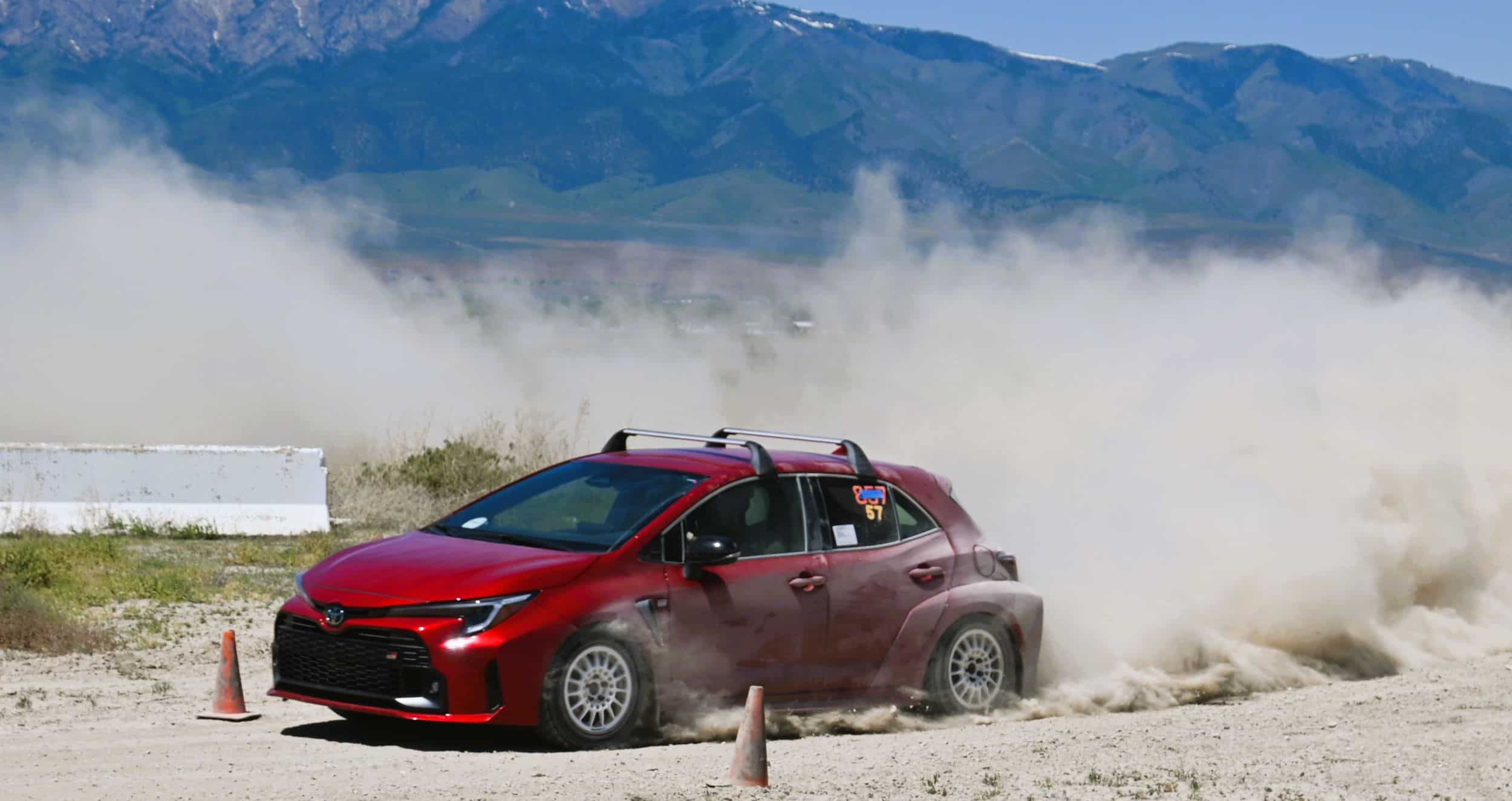

It’s a shame to see them cut it out.